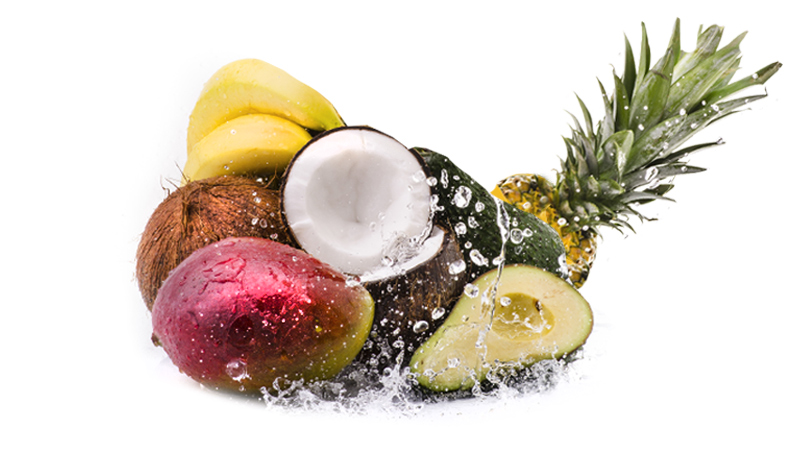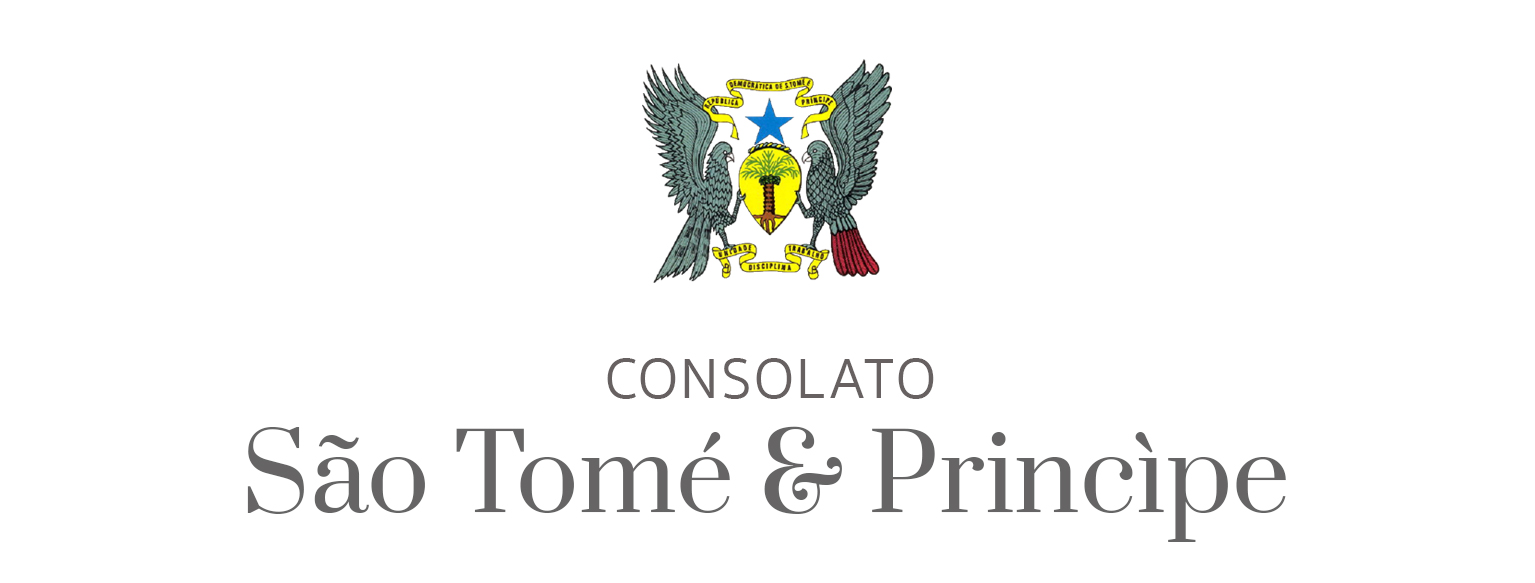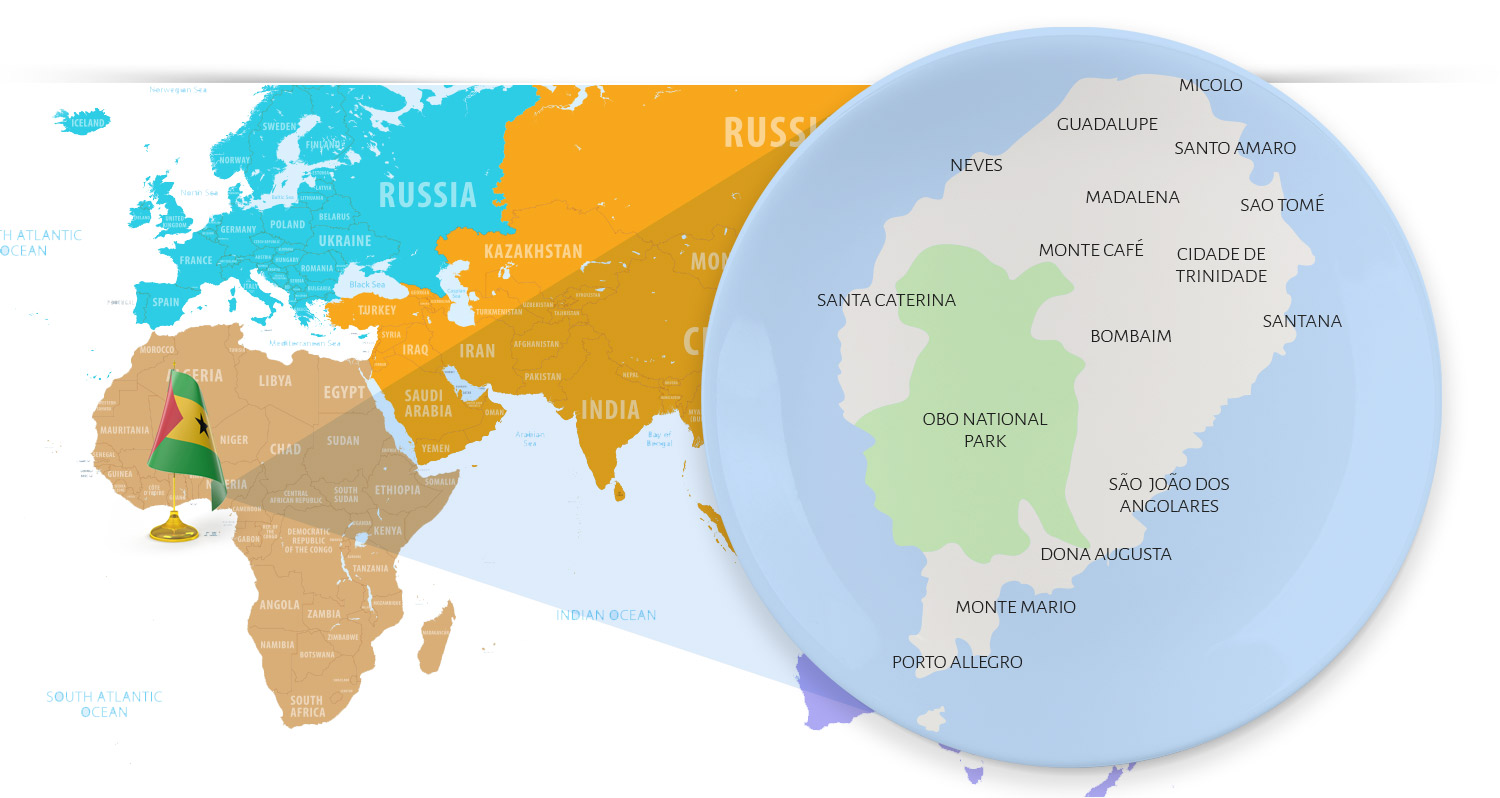
#Territory
It is an archipelago of about 20 islands located in the Atlantic Ocean off the coast of west-central Africa, in the Gulf of Guinea.
The two major islands are São Tomé and Príncipe, about 140 km between them, and located respectively about 250 and 225 km from the northwestern coast of Gabon.
Mountainous and of volcanic origin, it reaches its maximum height in the Pico de Sào Tomé (2024 m). The equatorial climate allows the development of rainforests, partly removed to make way for cocoa plantations.
All of the islands are part of a volcanic mountain range known as the Cameroon Volcanic Line.
Ilhéu das Rolas, whose surface is about 3 km² and is located just 2 km south of the island of São Tomé, is the southernmost point of the archipelago and of the country; it is located exactly on the line of the Equator, so much so that it hosts a milestone that marks the border between the two hemispheres.
MAIN TOWNS
* Estimated population data hypothesized in 2005.
TOTAL POPULATION: 165,397 inhabitants (2012 data)
#Economy
The country's economy is extremely fragile, as the production base is not diversified, historically based exclusively on cocoa exports and international aid.
The economic structure is mainly characterized by the service sector consisting mainly of the public sector and commerce, which represents 61% of GDP. while agriculture and industry contribute respectively 20% and 19% to the formation of GDP.
Agricultural productivity is low and the sector suffers from scarce availability of raw materials; in fact the country is not endowed with natural resources.
The manufacturing sector accounts for less than 5% of GDP.
The only sector in which foreign investments are relevant is tourism.
The island of Sào Tomé was the largest exporter of cocoa until 1990, when cocoa prices fell.
Thanks to the global demand for organic food, today the island is back to being famous for its chocolate, considered the best in the world.
Almost exclusive economic activity is agriculture, mainly focused on the cultivation of cocoa, whose production is totally exported; also widespread are the crops of: coffee, palm oil, coconut palm and peanuts.
This type of economy is highly exposed to risks deriving from natural phenomena (adverse weather conditions) and from economic causes (such as fluctuations in the prices of export products on international markets).
MAIN CROPS:
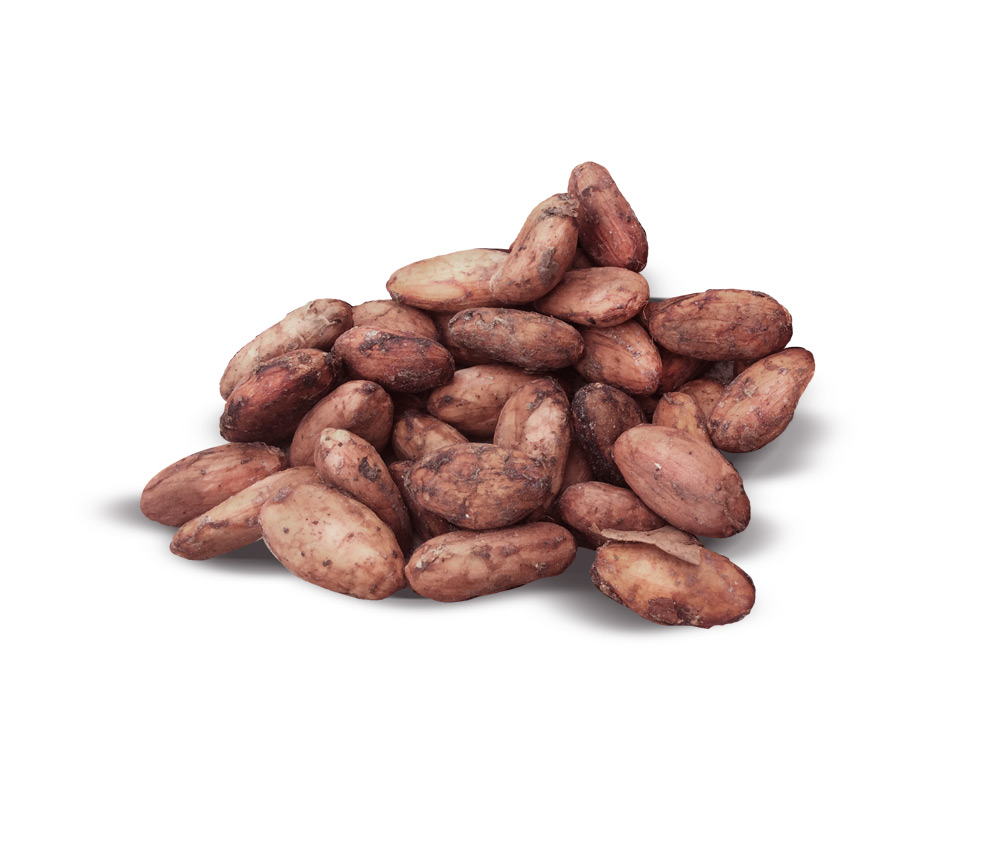
Cocoa
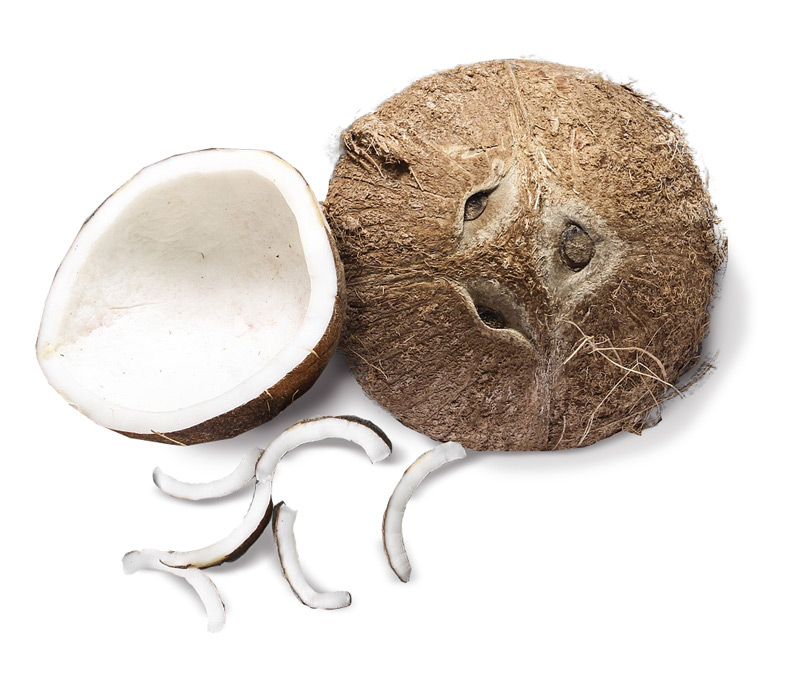
Coconut oil
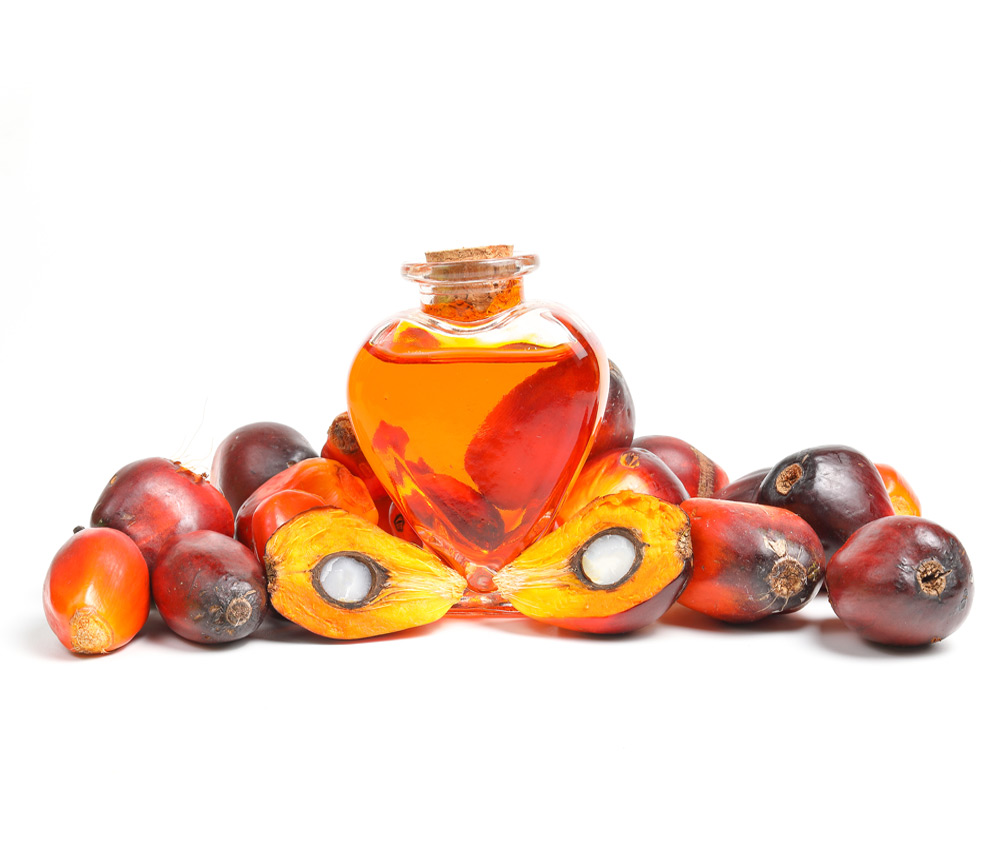
Palm oil
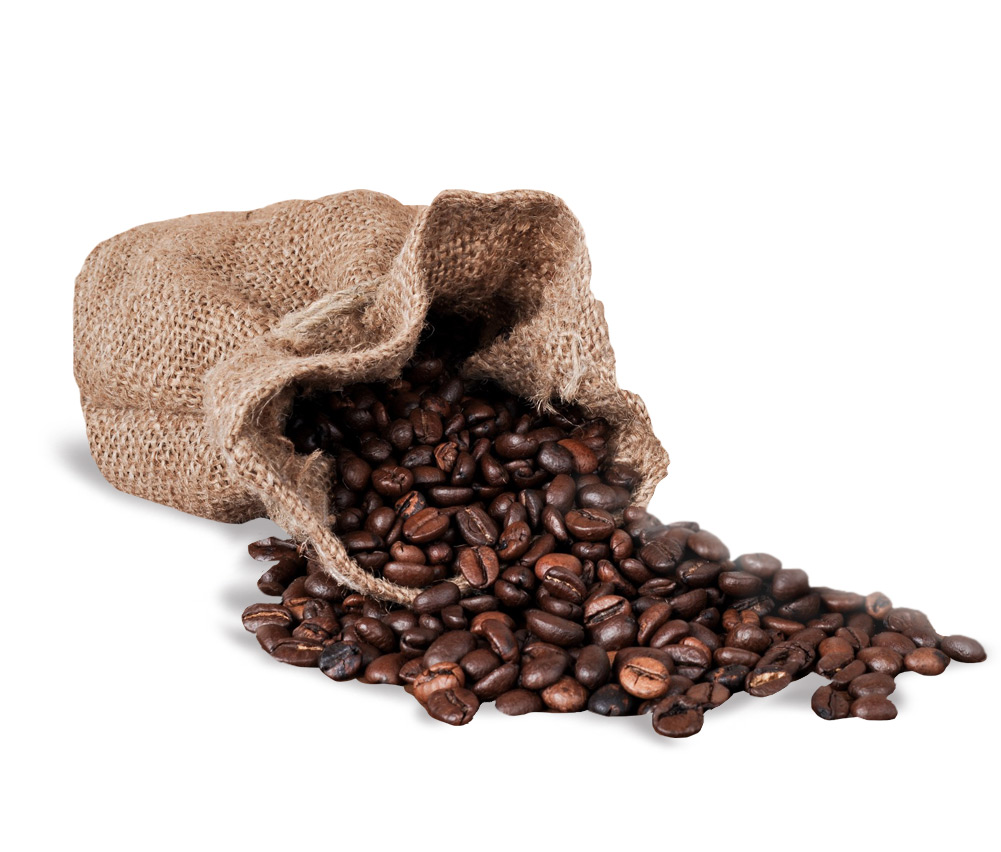
Coffee
EXPORT TO:*
NETHERLANDS
BELGIUM
SPAIN
UNITED STATES
* Estimated data assumed for 2005. Source: theodora.com
Important income comes from fishing, especially from the sale of licenses, in their territorial waters to fleets of foreign countries.
The secondary sector is scarcely articulated: the industries present produce: soap, soft drinks, beer and artifacts.
To encourage the influx of foreign capital, a free zone has been established since 2000 in the area of Baia das Agulhas on the island of Principe.
International economic aid is made indispensable as having to import a lot from abroad, the price of goods is constantly changing.
The government is engaged in the difficult task of keeping inflation under control, and public spending and trying to attract investment from abroad to make it possible to exploit oil resources.
The goal is to reduce the use of calmer and subsidies, to cope with the foreign debt, which in 2011 was partially written off for $ 200 million under the Heavin Indebted Poor Country program.
There is considerable potential for tourism development: the government has taken steps to expand facilities in recent years
In February 2004, Parliament approved the finance law, with which it was intended to recover the competitiveness of the national economy by correcting the imbalances in the country's economic system.
The government is committed to strengthening the private sector, through the privatization of public enterprises, the regulation of the banking system and the improvement of services and infrastructures necessary for the enhancement of investments.
Significant trade liberalization measures have been introduced in recent years.
The tariff structure of imports has been reduced to just three categories and tariffs have been significantly lowered: 5% on primary goods, 20% on luxury goods and 10% on all other goods, especially machinery and equipment.
Some imports are subject to surcharges: petroleum products, alcoholic beverages, cigarettes and used vehicles. All export taxes have been eliminated.
#Culture & Society
The country owes its name to Thomas the Apostle (in Portuguese São Tomé) because of the day it was discovered by the Portuguese (21 December 1471), at the time the saint's commemoration date.
Cologne of Portugal, obtained independence in 1975 and gave itself the legal system of a semi-presidential republic.
The Democratic Republic of Sào Tomé e Principe is the largest of the microstates in the world.
At the presidential elections held in July 2016, former premier Evaristo Carvalho affirmed himself, obtaining 49.8% of the votes against the 24.8% awarded by Pinto da Costa.
President Evaristo Carvalho is still in charge of the country.
In addition to Portuguese - the official language - a Creole-Portuguese idiom is currently used.
The dominant religion is Catholic.
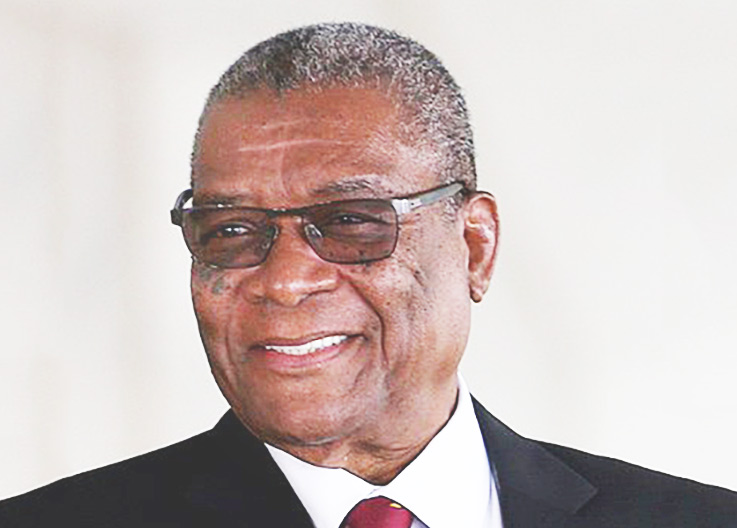
At the presidential elections held in July 2016, former premier Evaristo Carvalho affirmed himself, obtaining 49.8% of the votes against the 24.8% awarded by Pinto da Costa. President Evaristo Carvalho is still in charge of the country. In addition to Portuguese - the official language - a Creole-Portuguese idiom is currently used. The dominant religion is Catholic.
#Tourism
In Sao Tomé you go for the beaches: formed by many small and tiny bays each with its splendid colors ... but there is not only this.
Sao Tome is a wonderful island because it really offers everything: climbing the Pico de Sao Tomé (2,024 meters above sea level), imposing waterfalls (such as that of Sao Nicolao), 200 km of coastline with wonderful and unspoiled beaches such as Praia Jalè and Piscina, snorkling in the blue waters of Lagoa Azul and spectacular water games in the cave of "Boca do inferno".
You can walk on the paths of the primary forest that miraculously still survives here: in fact, throughout the island the vegetation is very dense and typical of tropical areas.
The Sao Toménsi are very kind and crime is almost non-existent.
THINGS TO DO AND PLACES TO VISIT:
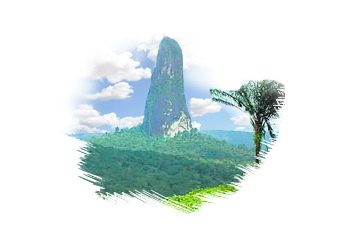
CLIMB THE PICO
DE SÃO TOMÉ
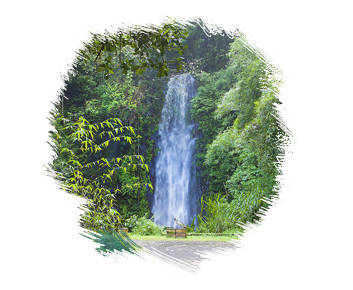
VISIT THE WATERFALLS of São Nicolau
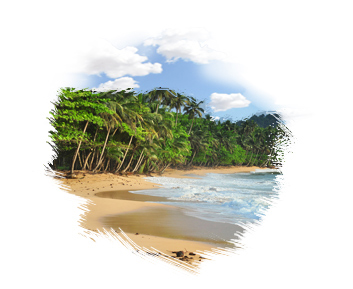
See the beach
in Praia Jale
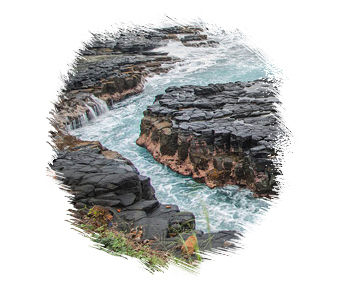
listen to the sea
at BOCA DO INFERNO
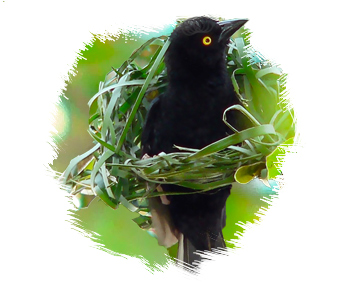
DISCOVER THE PRIMARY FOREST
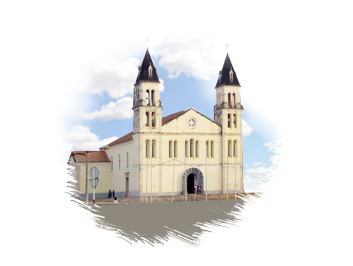
VISIT THE NUMEROUS CHURCHES
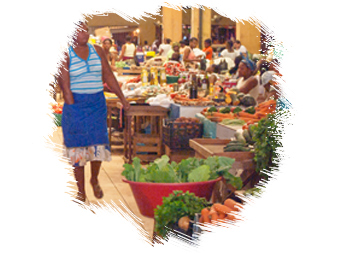
SHOP AT THE COVERED MARKET
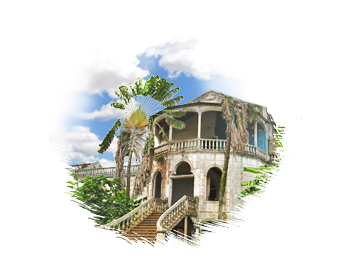
ADMIRE OLD COLONIAL HOUSES
Useful news:
DOCUMENTS & VISAS
To enter São Tomé e Principe it is necessary to have a visa prior to arrival.
You must apply for a visa at the Embassy and it is valid for 14 days.
To obtain a visa you must have a passport with a residual validity of at least 6 months and a return or onward flight ticket.
It is possible to request an extension from the Immigration Department in the city of São Tomé: WITH AN EXPENDITURE OF € 45.00 FOR GOVERNMENT TAX.
VACCINATIONS
To enter the country, vaccination against yellow fever and malaria is mandatory; upon entering the town, the vaccination booklet will be requested.
Among the recommended vaccinations also diphtheria and tetanus, viral hepatitis A, hepatitis virate B and titus.
IT IS AT THE TOURIST'S RISK NOT TO SUBJECT TO VACCINES; THE CONSULATE ASSUMES NO LIABILITY.
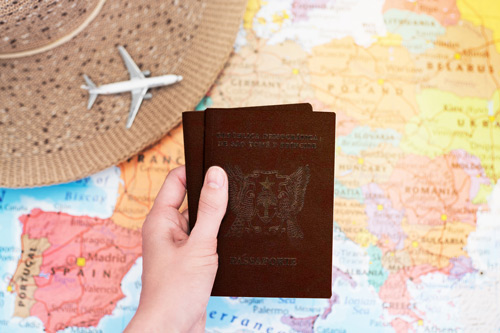
HOW TO GET TO SAO TOME
There are not many companies that fly to São Tomé, one of them is TAP which flies from Lisbon to Portugal.
Alternatively, there are other airlines flying from Paris or AirAngola which for now only makes domestic flights in Africa but will soon be able to fly to Europe as well, probably with a stopover in Portugal.
São Tomé can also be reached by sea from Libreville, Gabon.
Ferries are not very regular so it is best to inquire directly at the port.
Air São Tomé e Principe has three weekly flights between the islands.
The roads are not all paved and many do not allow you to reach all points of the island, therefore much of the territory is unspoiled and you only have to move on foot, armed with good will, a machete and a guide.
THE LOCAL CUISINE
The typical cuisine of São Tomé is rich in fish cooked on the grill, fried or stewed.
The sea is full of fish and rich in variety.
The meats consumed most are chicken and pork, also cooked grilled, fried or stewed.
The main course is served with rice, boiled or fried bananas or the fruit of bread.
The fruit of the bread is typical of this geographical area, once ripe it is picked from the tree and cooked in the embers. It has the texture of bread, perfect for dipping into toppings.
The fruit that grows spontaneously in the forest is also excellent: coconut, bananas, papaya, jackfruit and all the other varieties of tropical areas.
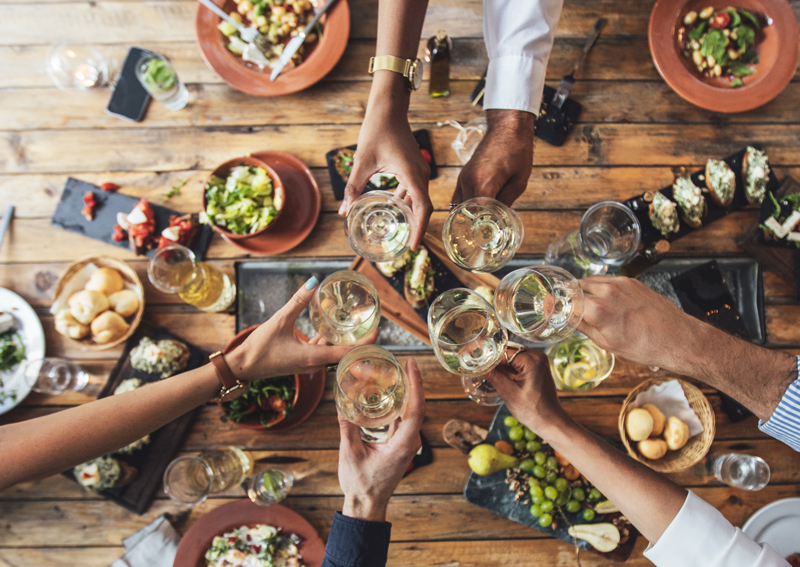
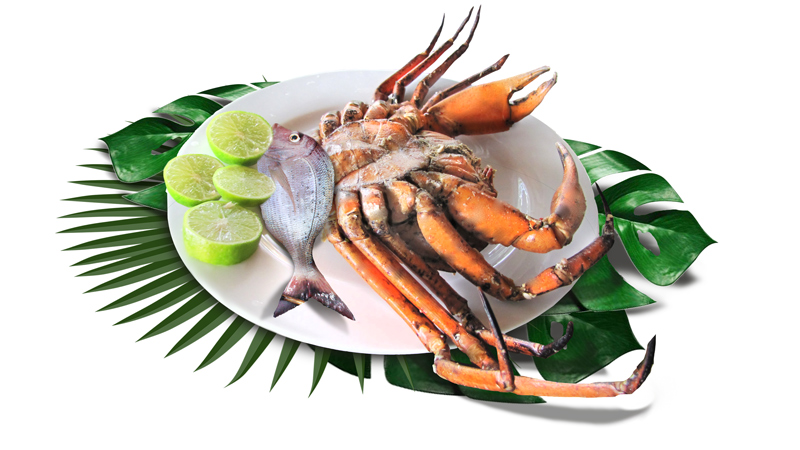
Fresh fish
STEWED OR GRILLED
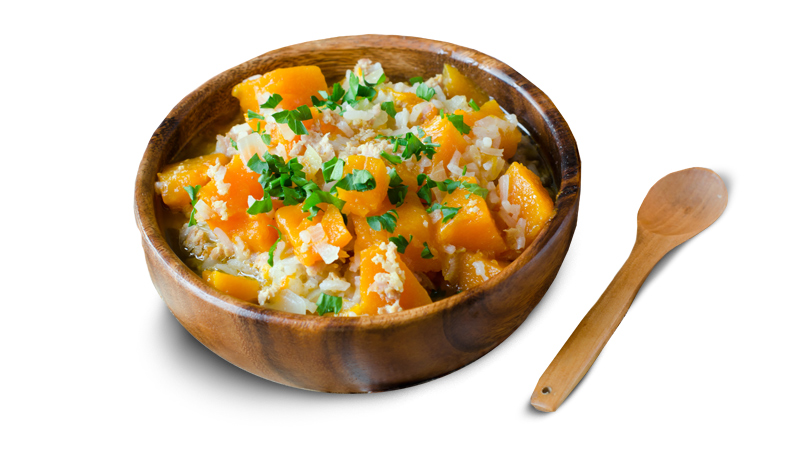
Chicken or Pork
with rice & vegetables
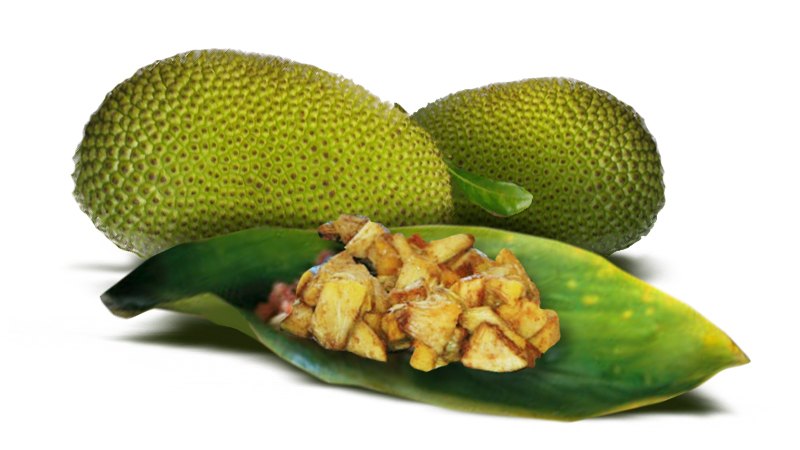
Fruit of the bread
boiled, fried or baked
